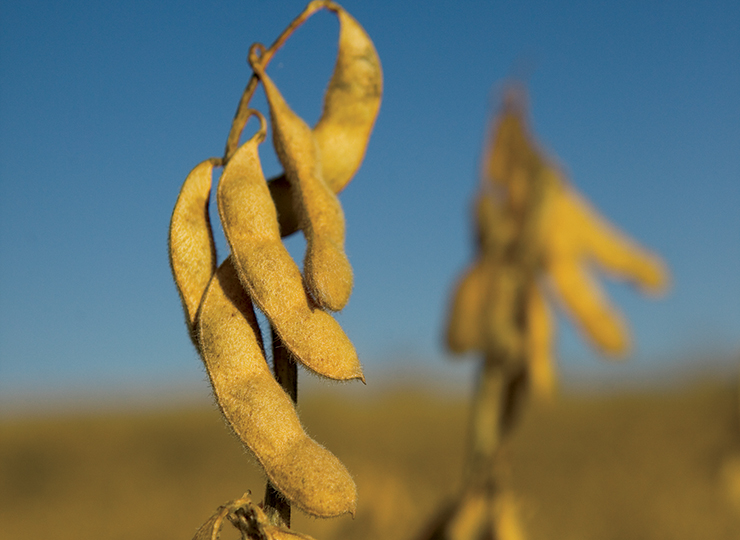Home > Arkansas > Arkansas Crops & Livestock > Arkansas is Counting on Agriculture
Arkansas is Counting on Agriculture
The U.S. Department of Agriculture’s National Agricultural Statistics Service helps provide timely, accurate and useful agricultural statistics in service to American agriculture. This information includes how much agriculture is grown in America, where it is grown, and what is changing in the future of the industry.
The Arkansas Field Office became the Delta Regional Office in March 2013 and is one of the 12 regional offices of the U.S. Department of Agriculture’s National Agricultural Statistics Service (NASS). The Delta Regional Office in Little Rock serves the agricultural industries in Arkansas, Louisiana and Mississippi.
“The true value of our surveys and of the Census of Agriculture is in the information it provides,” says Becky Cross, director of the NASS Delta Regional Office. “The information published from our surveys and the Census can be used to chart trends in agriculture over time, find out what industries are new to the region, which ones are growing and which ones are reducing their acreage, inventory or output. The Census of Agriculture data provides the only source of uniform, comprehensive data for every county in the nation, which provides a complete source of agriculture information for the entire nation.”
The NASS conducts hundreds of surveys every year and prepares reports covering every aspect of U.S. agriculture. These help capture a complete count of the country’s farms and ranches and the people who operate them. The Census, which is conducted every five years, provides facts and figures for agriculture across the country including number and types of farm operations, the economic aspects of farm production and the demographics of farm operators.
“The data is used by everyone interested in the amount of food and fiber produced, where it is produced, and the demographics behind who is producing the abundance coming out of America,” Cross says.
The 2012 Census of Agriculture data along with the other data published by NASS are valuable tools to help farmers and ranchers make informed decisions about the future of their operations. The information is also used by government agencies, community planners, agribusinesses, lenders and trade associations, Cross says.
“This sort of data is essential for keeping a pulse on agriculture in the Delta Region, and helps us with information needed to maintain the future of agriculture and make predictions about where the agriculture industry – and others associated with agriculture – will go in the coming decades.”




